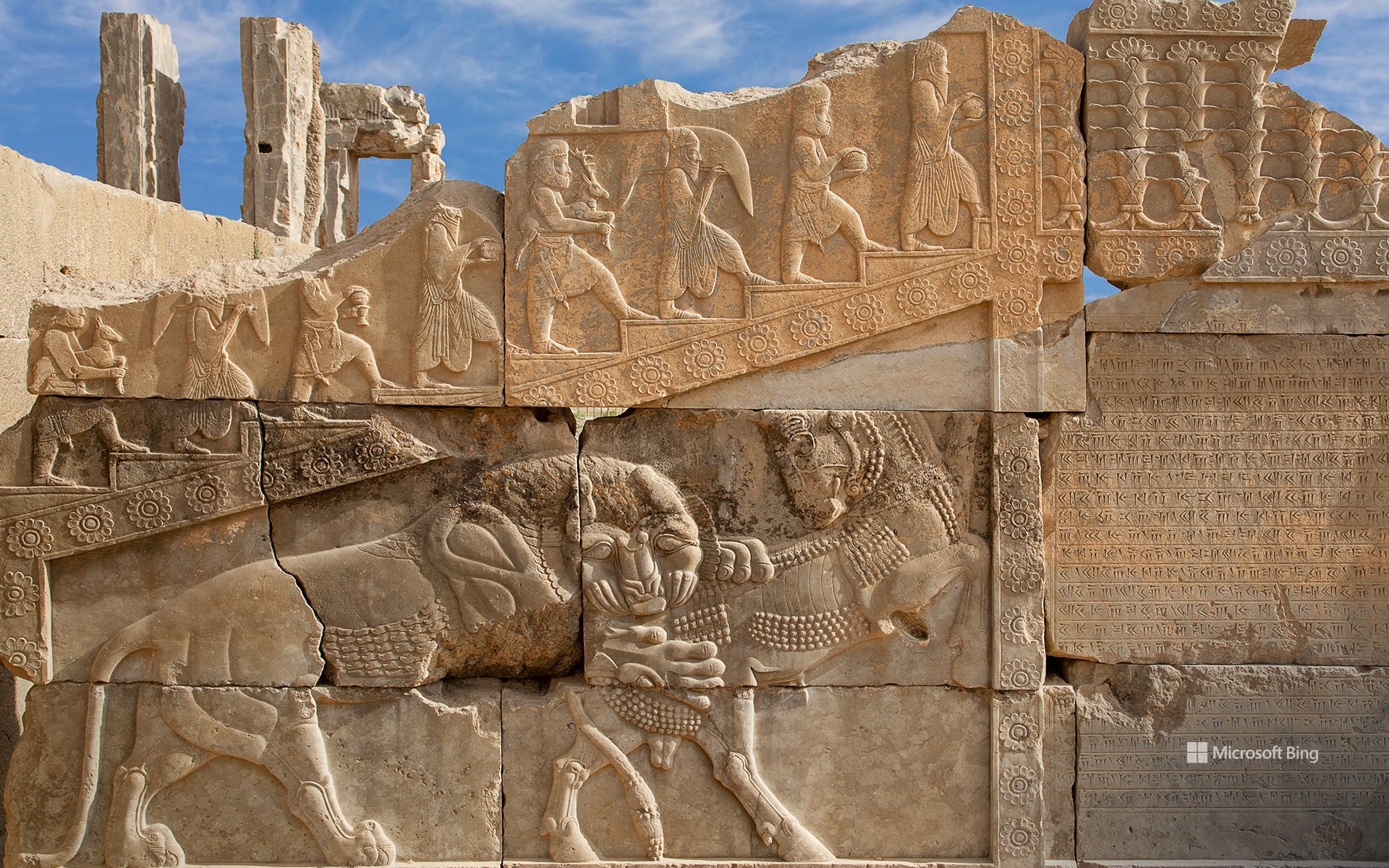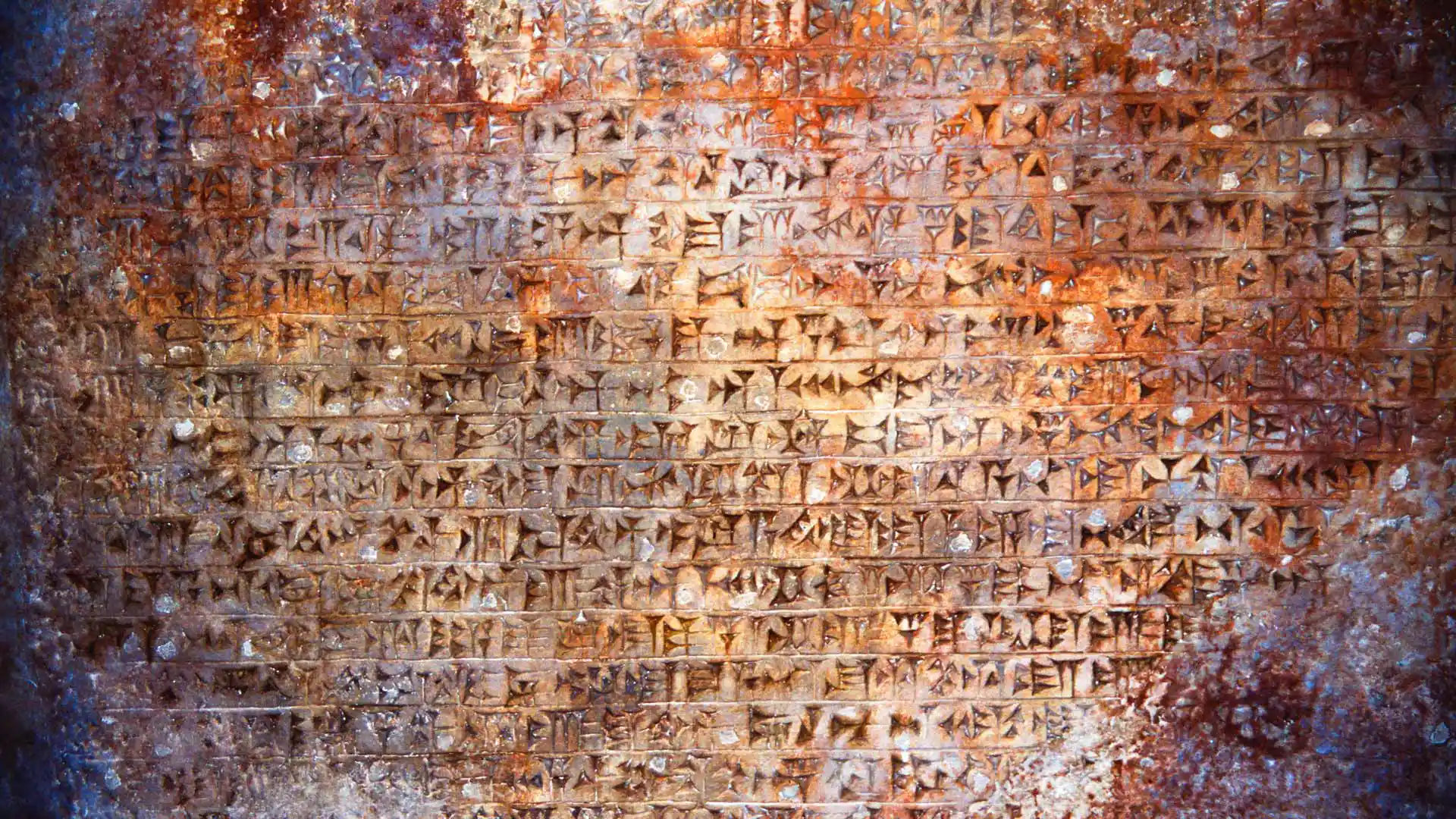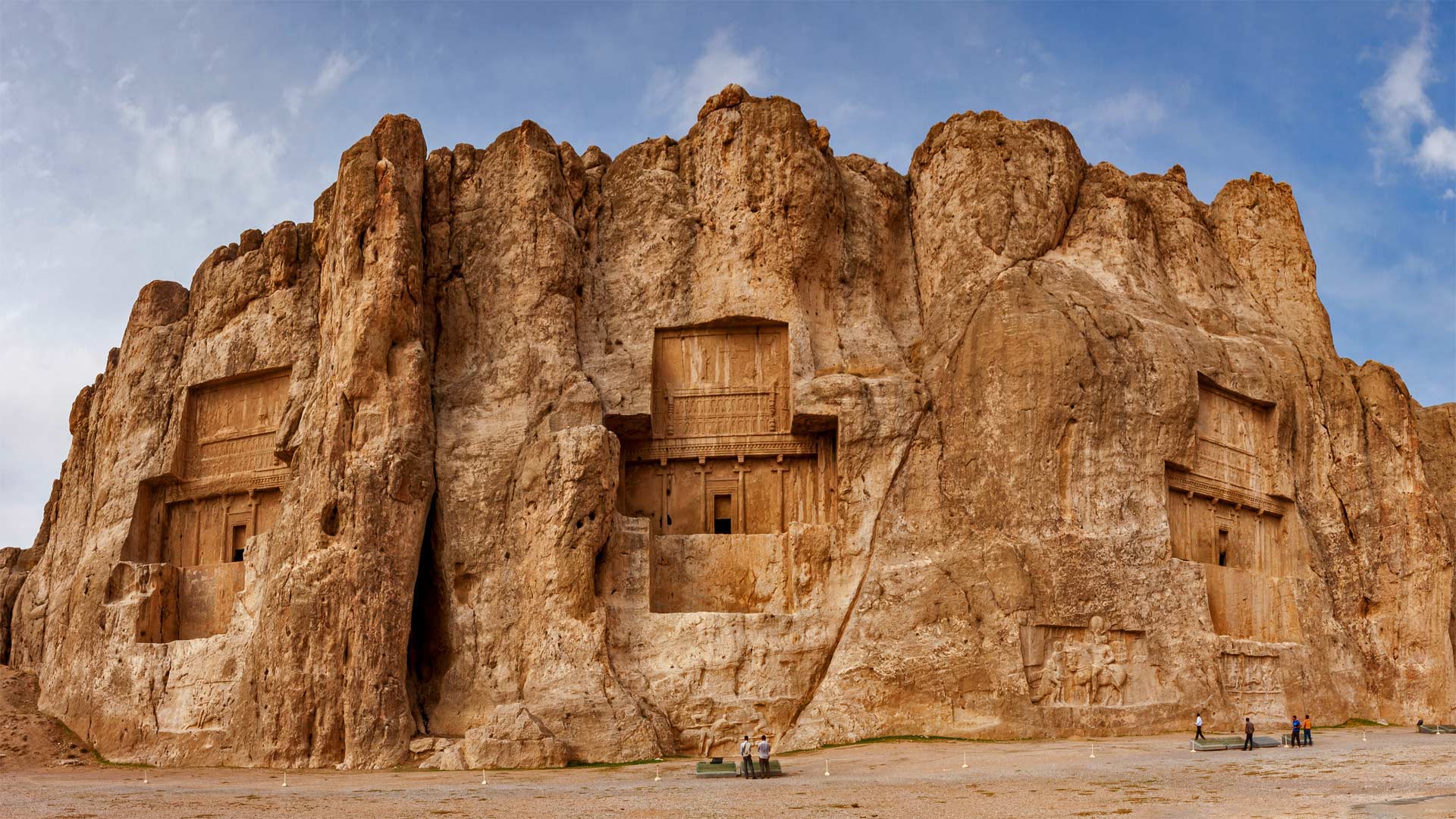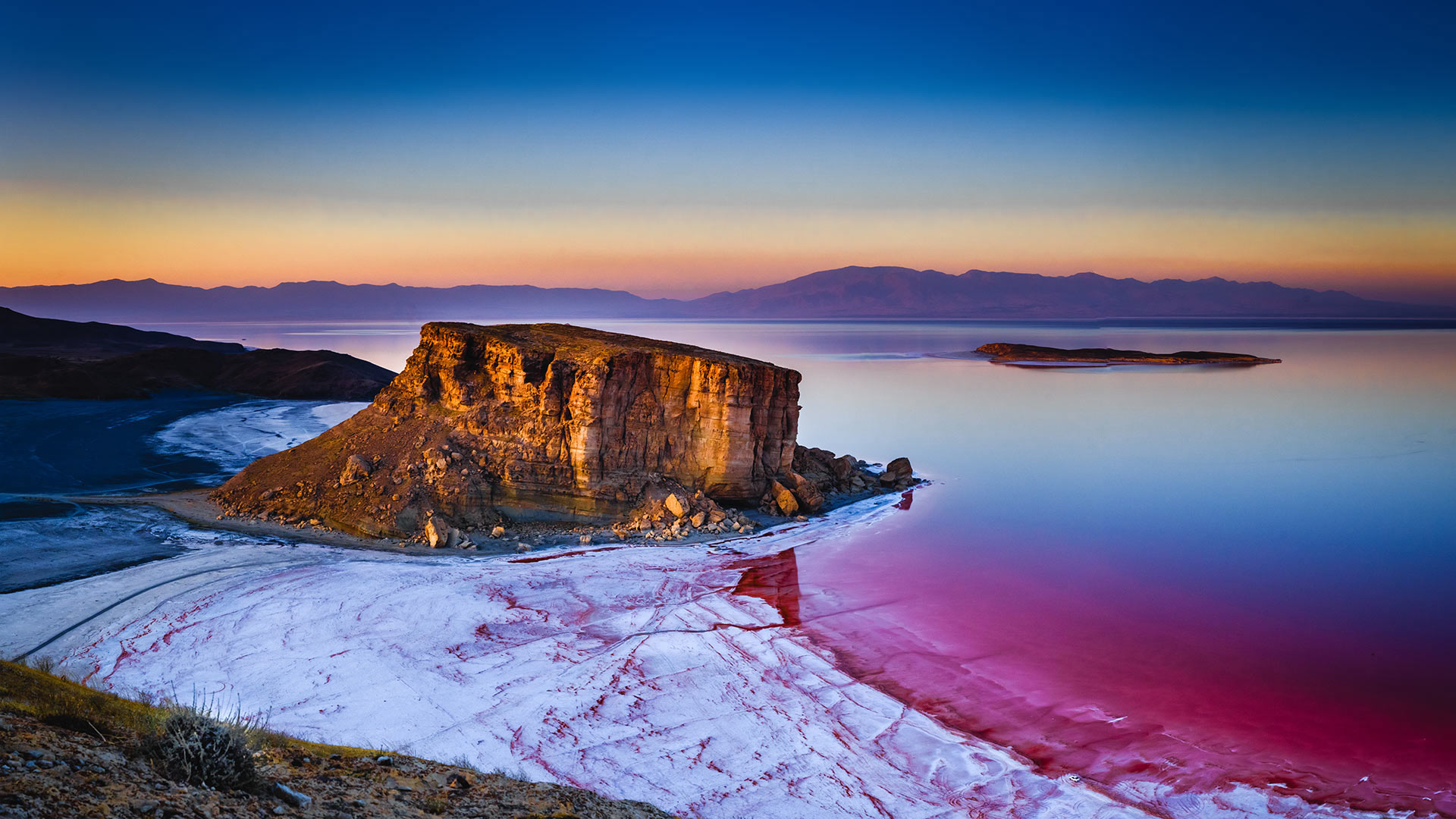标签 伊朗 下的文章
波斯古城波斯波利斯的浮雕,伊朗 Reliefs in the ancient Persian city of Persepolis, Iran (© Ozbalci/Getty Images)

波斯古城波斯波利斯的浮雕,伊朗 Reliefs in the ancient Persian city of Persepolis, Iran (© Ozbalci/Getty Images)
哇,真是松了一口气! Wow, what a relief!
国际考古日
古迹是历史的见证,更是文化的传承。每年十月的第三个星期六是国际考古日,这一天,世界各地的考古组织会举办丰富的活动,如寻宝游戏、讲座和互动研讨会,所有这些活动都是为了唤醒人们内心的冒险精神,激发大家对过去的好奇心,了解考古的意义和更多的文化遗产知识。
波斯波利斯位于伊朗,是一个令人惊叹的考古遗址,曾经是强大的阿契美尼德帝国(公元前550—公元前330年)的礼仪之都。这个被联合国教科文组织列为世界文化遗产的地方以其宏伟的废墟和阿契美尼德建筑而闻名,在这里可以看到恢弘的宫殿、复杂的雕刻以及高耸的圆柱。游客可以在保存完好的遗迹中漫步,感受曾经辉煌的历史。
International Archaeology Day
It's International Archaeology Day, an opportunity to discover more about our past and different societies through ancient sites and artifacts. Across the world, events such as scavenger hunts, lectures, and interactive workshops will be held to mark the day and awaken your inner Indiana Jones.
Persepolis, whose ruins are in modern-day Iran, is an ancient archaeological site that once served as the ceremonial capital of the mighty Achaemenid Empire (c. 550–330 BCE). This UNESCO World Heritage Site is legendary for its magnificent ruins and Achaemenid architecture, including grand palaces, intricate carvings, and towering columns. Visitors can wander through the ruins to get a glimpse of its majestic past, when it was at the heart of what was then the largest empire of the ancient world.
波斯波利斯的古代雕刻文本, 伊朗 Ancient carved texts from Persepolis, Iran (© George Hall/Alamy)

波斯波利斯的古代雕刻文本, 伊朗 Ancient carved texts from Persepolis, Iran (© George Hall/Alamy)
遥远的过去数据 Distant-past data
电子表格日
无论他们是数据透视表专家还是入门级新手,全球电子表格用户都有一个人要感谢。Dan
Bricklin在1979年的这一天发布了第一个电子电子表格程序,这一天现在被纪念为电子表格日。这一天是为了庆祝复杂的电网,这些电网重塑了从会计和工程到教育和项目管理的企业。就像支持现代数据处理的电子表格一样,古代文明也寻求创新的方式来记录和跟踪周围的世界。
楔形文字是一种以楔形符号为特征的文字,用于转录古代近东的多种语言,该地区大致相当于今天的中东地区。它的使用范围从青铜时代早期到公元1世纪初。阿契美尼德王室铭文在波斯波利斯(今伊朗)的出版再次揭示了17世纪初的楔形文字。这些铭文混合了多种语言,最终在
19 世纪被破译。
Spreadsheet Day
Happy Spreadsheet Day! Be they a pivot table pro or an entry-level novice, spreadsheet users worldwide have one person to thank: Dan Bricklin released the first electronic spreadsheet program on this day in 1979. The day celebrates the sophisticated grids that have reshaped businesses from accounting and engineering to project management. But data handling did not begin in the digital age. Ancient civilizations had their own ways of recording and tracking the world around them, as seen in our homepage image.
Cuneiform, a script characterized by wedge-shaped symbols, was used to transcribe languages of the ancient Near East, a region roughly corresponding to today's Middle East. First developed around 3500 BCE, it was used for thousands of years, until the 1st century CE. In the early 17th century, the publication of Achaemenid royal inscriptions at Persepolis—in modern-day Iran—shed light again on cuneiform. These inscriptions had a mix of languages and were finally deciphered in the 19th century.
纳克什鲁斯塔姆遗址,伊朗波斯波利斯 Naqsh-e Rustam archaeological site near Persepolis, Iran (© mshirani/Shutterstock)

纳克什鲁斯塔姆遗址,伊朗波斯波利斯 Naqsh-e Rustam archaeological site near Persepolis, Iran (© mshirani/Shutterstock)
国际考古日 International Archaeology Day
国际考古日
Naqsh-e Rostam是一座雕刻在伊朗西南部山区的古代墓地,是古代波斯最早繁荣的文明之一的门户。四位阿契美尼德国王的陵墓(你可以在这里看到其中三位)以高高地雕刻在悬崖表面的岩石浮雕为标志。这个遗址及其周围地区对伊朗及其人民的历史具有重大意义。它们也是考古学在理解我们的过去方面所起作用的光辉范例。每年10月的第三个星期六,我们都会停下来庆祝并表彰考古学家作为人类历史解释者的贡献。
墓地是由坟墓和墓地组成的综合体,字面意思是“死者之城”这家离法尔斯省的西拉市很近。其中一座坟墓被铭文确定为大流士一世(又名大流士大帝)的安息之地,其他坟墓被认为是大流士的儿子薛西斯一世、阿尔塔克西斯一世和大流士二世的坟墓,这些人是公元前522-330年阿契美尼德王朝的领导人。纳什赫·罗斯坦也是描绘后来萨珊帝国国王的浮雕之乡,萨珊王朝是7世纪和8世纪穆斯林征服之前的最后一个伊朗帝国。只有几百码远的地方是被称为Naqsh-e Rajab的考古遗址,更多的石雕描绘了三位萨珊王朝国王和一位大祭司。虽然这些文明已经消亡,但它们创造的东西是人类历史的永久记录。
International Archaeology Day
Naqsh-e Rostam is an ancient necropolis carved into the mountains of southwestern Iran, a porthole into one of the earliest civilizations to flourish in ancient Persia. The tombs of four Achaemenid kings (you can see three of them here) are marked by rock reliefs carved high above the ground into the cliff face. This site and the area around it are of huge significance to the history of Iran and its people. They're also a shining example of the role archaeology plays in understanding our past. On the third Saturday of every October, we pause to celebrate and recognize the contributions of archaeologists as interpreters of human history.
A necropolis is a complex of tombs and burial plots, literally translated as a 'city of the dead.' This one is close to the city of Shiraz in Fars Province. One of the tombs is identified by an inscription as being the resting place of Darius I, aka Darius the Great, and the others are believed to be the tombs of Darius' son, Xerxes I, Artaxerxes I, and Darius II, leaders during the Achaemenid dynasty from 522-330 BCE. Naqsh-e Rostam is also home to relief carvings depicting kings of the later Sassanian Empire, the last Iranian empire before the Muslim conquests of the 7th and 8th centuries. Only a few hundred yards away is the archaeological site known as Naqsh-e Rajab, with more rock carvings depicting three Sassanid kings and a high priest. While these civilizations have faded, what they created endures as a permanent record of human history.
乌鲁米耶湖中的岩层,伊朗 Kazem Dashi rock formation in Lake Urmia, Iran (© Ali/Adobe Stock)

乌鲁米耶湖中的岩层,伊朗 Kazem Dashi rock formation in Lake Urmia, Iran (© Ali/Adobe Stock)
Back on the rise
This beautiful lake in northwestern Iran has had a rough couple of decades. Until around 1995, Lake Urmia was one of the top-ten largest saltwater lakes on Earth, and the center of a thriving resort scene. Then drought, rising temperatures, water overuse, and the building of a causeway across the lake reduced it to less than 10% of its size by the 2010s.
Now this salty lake (currently eight times saltier than the ocean) may be ready for a comeback. Over the last decade, multinational efforts to restore Lake Urmia have improved irrigation systems, reduced water usage, and diverted water from other sources. So, for the last few years, these salt flats have slowly given ground to rising waters. It's still not quite a lake-half-full situation, but the upward trends have revived hopes that Lake Urmia's glory days will return.
重新崛起
这个位于伊朗西北部的美丽湖泊经历了几十年的坎坷。直到1995年左右,乌尔米亚湖一直是地球上最大的十大咸水湖之一,也是一个欣欣向荣的度假胜地的中心。到了2010年,干旱、气温上升、用水过度,以及在湖面上修建堤道,使湖面面积缩小到10%以下。
现在这个咸水湖(目前比海洋咸8倍)可能会卷土重来。在过去的十年里,多国努力恢复乌尔米亚湖改善了灌溉系统,减少了水的使用,并从其他来源引水。因此,在过去的几年里,这些盐滩慢慢地让上升的海水占据了一席之地。现在还不是湖水半满的情况,但是上升的趋势让人们重新燃起了希望,乌尔米亚湖的辉煌时光将会重现。